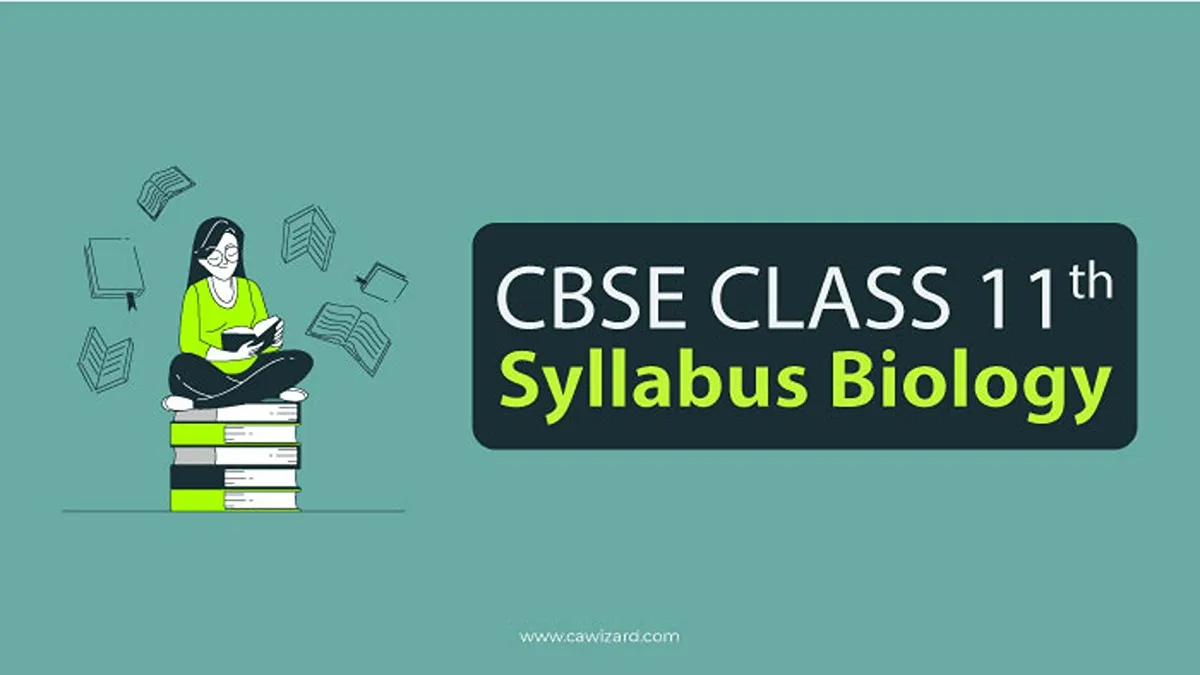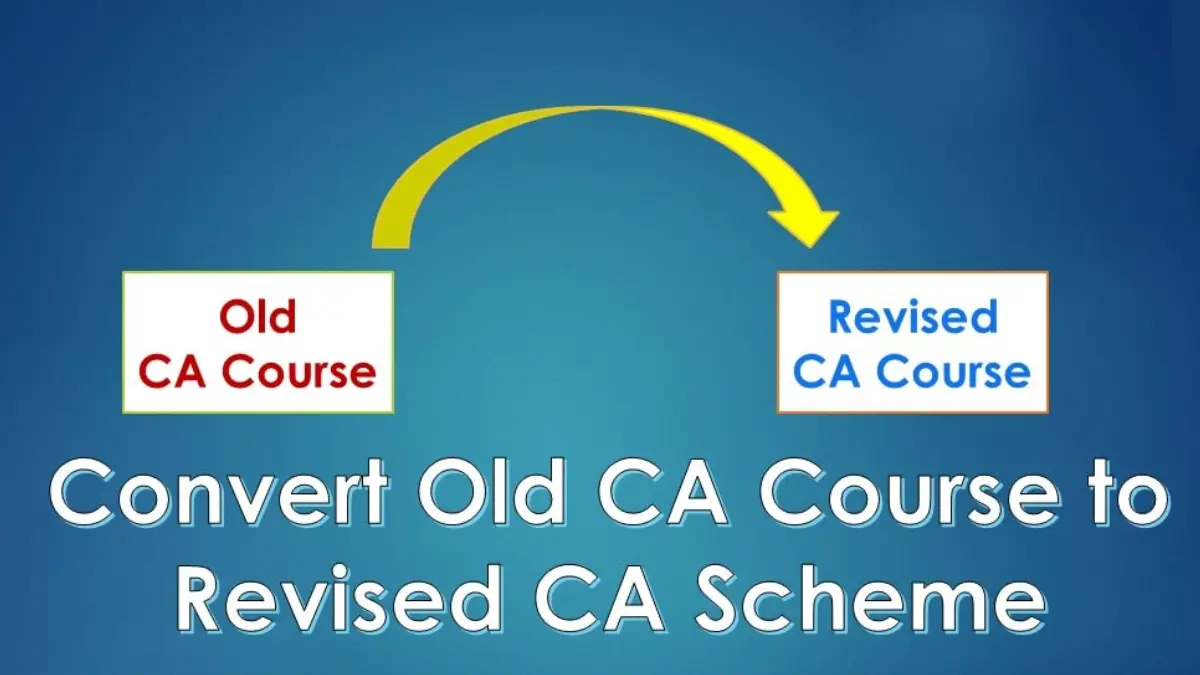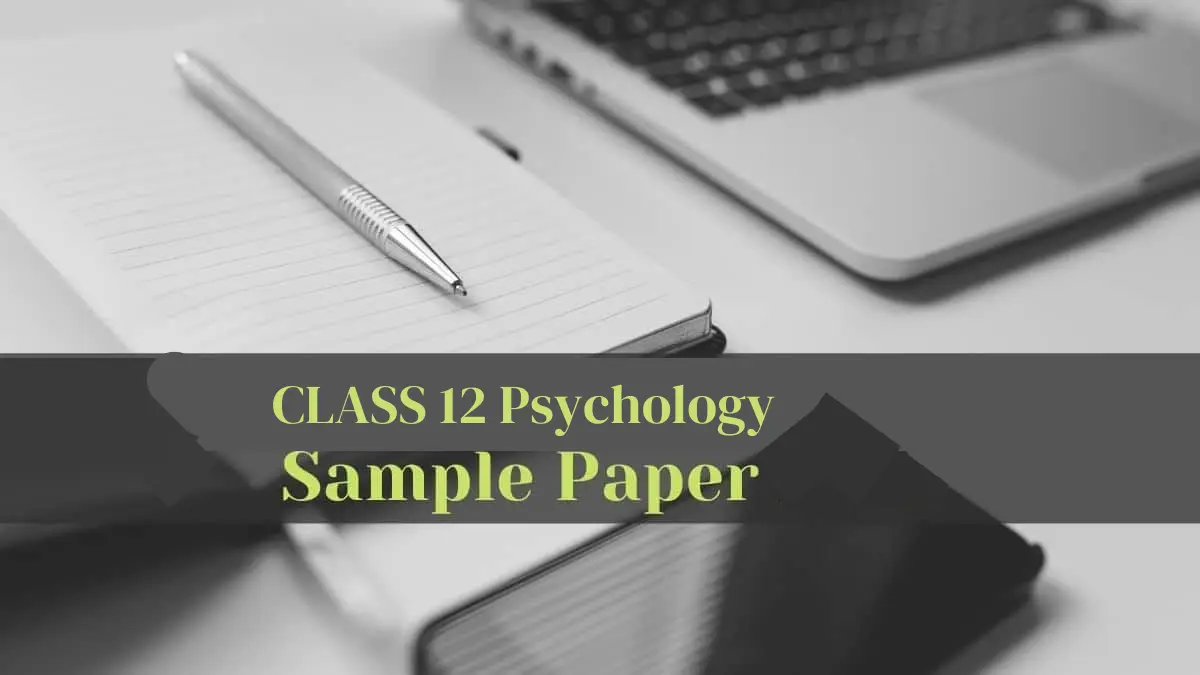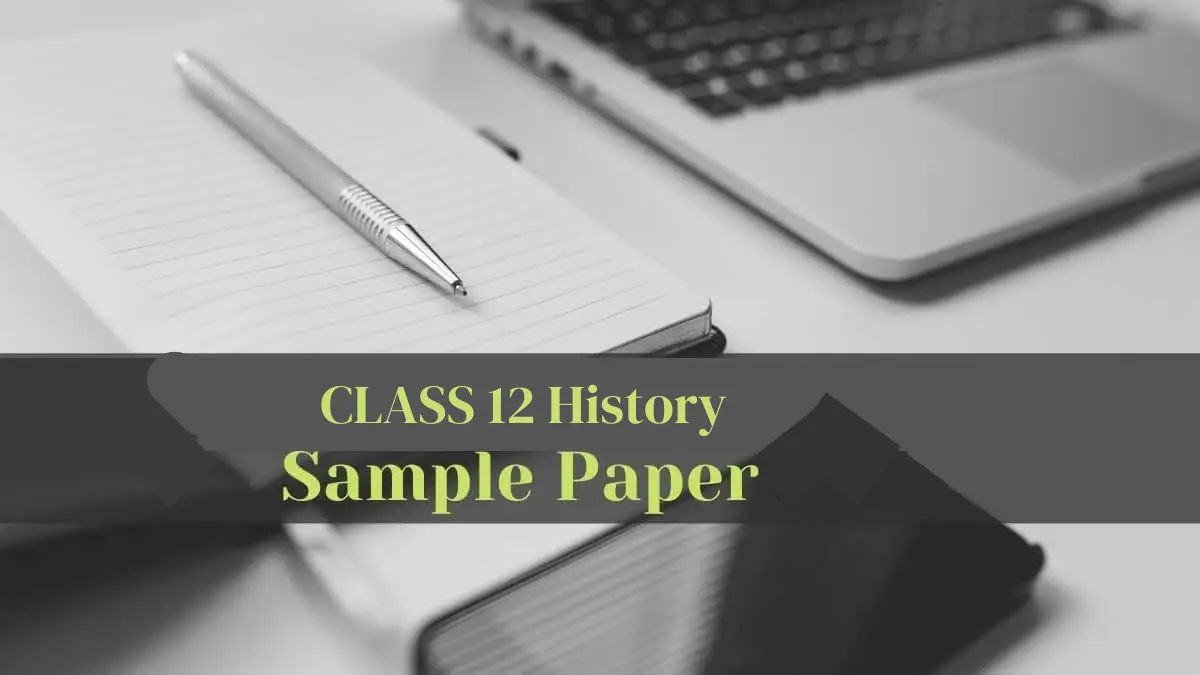Biology is an elective subject for the class 11th Science stream students. Its syllabus includes both: theory and practical. Before you begin your studies, you must refer to the detailed syllabus and the marks distribution scheme.
So, we have the updated CBSE Class 11 Syllabus Biology here for our readers. You can get the revised syllabus with the list of deleted topics here on our page. We provide the latest information for Class 11 and 12 students and the CA students.
CBSE Class 11 Syllabus Biology for Theory (2023-24)
To download the PDF versions, visit our CBSE Class 11 Syllabus page. You should also download the CBSE class 11 sample papers for practice.
Download the PDF of class 11 syllabus Biology for 2023-24
Check Syllabus for Biology Class 11th
Unit I: Diversity of Living Organisms
| Chapter 1: The Living World
Biodiversity; Need for classification; three domains of life; taxonomy and systematics; concept of species and taxonomical hierarchy; binomial nomenclature |
| Chapter-2: Biological Classification
Five kingdom classification; Salient features and classification of Monera, Protista and Fungi into major groups; Lichens, Viruses and Viroids. |
| Chapter-3: Plant Kingdom
Classification of plants into major groups; Salient and distinguishing features and a few examples of Algae, Bryophyta, Pteridophyta, Gymnospermae (Topics excluded – Angiosperms, Plant Life Cycle and Alternation of Generations) |
| Chapter-4: Animal Kingdom
Salient features and classification of animals, non-chordates up to phyla level and chordates up to class level (salient features and at a few examples of each category). (No live animals or specimen should be displayed.) |
Unit II: Structural Organizations in Animals and Plants
| Chapter-5: Morphology of Flowering Plants
Morphology of different parts of flowering plants: root, stem, leaf, inflorescence, flower, fruit and seed. Description of family Solanaceae |
| Chapter-6: Anatomy of Flowering Plants
Anatomy and functions of tissue systems in dicots and monocots. |
| Chapter-7: Structural Organization in Animals
Morphology, Anatomy and functions of different systems (digestive, circulatory, respiratory, nervous and reproductive) of frog. |
Unit III: Cell: Structure and Function
| Chapter-8: Cell-The Unit of Life
Cell theory and cell as the basic unit of life, structure of prokaryotic and eukaryotic cells; Plant cell and animal cell; cell envelope; cell membrane, cell wall; cell organelles – structure and function; endomembrane system, endoplasmic reticulum, golgi bodies, lysosomes, vacuoles, mitochondria, ribosomes, plastids, microbodies; cytoskeleton, cilia, flagella, centrioles (ultrastructure and function); nucleus. |
| Chapter-9: Biomolecules
Chemical constituents of living cells: biomolecules, structure and function of proteins, carbohydrates, lipids, nucleic acids; Enzyme – types, properties, enzyme action. (Topics excluded: Nature of Bond Linking Monomers in a Polymer, Dynamic State of Body Constituents – Concept of Metabolism, Metabolic Basis of Living, The Living State) |
| Chapter-10: Cell Cycle and Cell Division
Cell cycle, mitosis, meiosis and their significance |
Unit IV: Plant Physiology
| Chapter-13: Photosynthesis in Higher Plants
Photosynthesis as a means of autotrophic nutrition; site of photosynthesis, pigments involved in photosynthesis (elementary idea); photochemical and biosynthetic phases of photosynthesis; cyclic and non-cyclic photophosphorylation; chemiosmotic hypothesis; photorespiration; C3 and C4 pathways; factors affecting photosynthesis. |
| Chapter-14: Respiration in Plants
Exchange of gases; cellular respiration – glycolysis, fermentation (anaerobic), TCA cycle and electron transport system (aerobic); energy relations – number of ATP molecules generated; amphibolic pathways; respiratory quotient. |
| Chapter-15: Plant – Growth and Development
Seed germination; phases of plant growth and plant growth rate; conditions of growth; differentiation, dedifferentiation and redifferentiation; sequence of developmental processes in a plant cell; growth regulators – auxin, gibberellin, cytokinin, ethylene, ABA. |
Unit V: Human Physiology
| Chapter-17: Breathing and Exchange of Gases
Respiratory organs in animals (recall only); Respiratory system in humans; mechanism of breathing and its regulation in humans – exchange of gases, transport of gases and regulation of respiration, respiratory volume; disorders related to respiration – asthma, emphysema, occupational respiratory disorders. |
| Chapter-18: Body Fluids and Circulation
Composition of blood, blood groups, coagulation of blood; composition of lymph and its function; human circulatory system – Structure of human heart and blood vessels; cardiac cycle, cardiac output, ECG; double circulation; regulation of cardiac activity; disorders of circulatory system – hypertension, coronary artery disease, angina pectoris, heart failure. |
| Chapter-19: Excretory Products and their Elimination
Modes of excretion – ammonotelism, ureotelism, uricotelism; human excretory system – structure and function; urine formation, osmoregulation; regulation of kidney function – renin – angiotensin, atrial natriuretic factor, ADH and diabetes insipidus; role of other organs in excretion; disorders – uremia, renal failure, renal calculi, nephritis; dialysis and artificial kidney, kidney transplant. |
| Chapter-20: Locomotion and Movement
Types of movement – ciliary, flagellar, muscular; skeletal muscle, contractile proteins and muscle contraction; skeletal system and its functions; joints; disorders of muscular and skeletal systems – myasthenia gravis, tetany, muscular dystrophy, arthritis, osteoporosis, gout. |
| Chapter-21: Neural Control and Coordination
Neuron and nerves; Nervous system in humans – central nervous system; peripheral nervous system and visceral nervous system; generation and conduction of nerve impulse |
| Chapter-22: Chemical Coordination and Integration
Endocrine glands and hormones; human endocrine system – hypothalamus, pituitary, pineal, thyroid, parathyroid, adrenal, pancreas, gonads; mechanism of hormone action (elementary idea); role of hormones as messengers and regulators, hypo – and hyperactivity and related disorders; dwarfism, acromegaly, cretinism, goiter, exophthalmic goitre, diabetes, Addison’s disease. |
CBSE Class 11 Syllabus Biology for Practical (2023-24)
Topics Covered in Biology Practical Syllabus
A: List of Experiments
|
|
|
|
|
|
|
|
|
|
|
|
|
B. Study/Observer of the following (spotting)
|
|
|
|
|
|
Practical Examination for Visually Impaired Students Class XI
Note: The ‘Evaluation schemes’ and ‘General Guidelines’ for visually impaired students as given for Class XII may be followed.
- Items for Identification/Familiarity with the apparatus /equipments/animal and plant material / chemicals. for assessment in practicals (All experiments)
- Equipments – compound microscope, test tube, petridish, chromatography paper, chromatography chamber, beaker, scalpel Chemical – alcohol Models – Model of Human skeleton to show – Ball and socket joints of girdles and limbs, Rib cage, Honey comb, Mollusc shell, Pigeon and Star fish, cockroach Specimen/Fresh Material – mushroom, succulents such as Aloe vera/kalenchoe, raisins, potatoes, seeds of monocot and dicot- maize and gram or any other plant, plants of Solanaceae – Brinjal, Petunia, any other
List of Practicals
- Study locally available common flowering plants of the family – Solanaceae and 6 identify type of stem (Herbaceous or Woody), type of leaves (Compound or Simple).
- Study the parts of a compound microscope- eye piece and objective lens, mirror, stage, coarse and fine adjustment knobs.
- Differentiate between monocot and dicot plants on the basis of venation patterns.
- Study the following parts of human skeleton (Model): Ball and socket joints of thigh and shoulder
- Rib cage
- Study honeybee/butterfly, snail/sheik snail through shell, Starfish, Pigeon (through models).
- Identify the given specimen of a fungus – mushroom, gymnosperm-pine cone
- Identify and relate the experimental set up with the aim of experiment: For Potato Osmometer/endosmosis in raisins.
Note: The above practicals may be carried out in an experiential manner rather than only recording observations.
CBSE Class 11 Biology Weightage (2023-24)
CBSE Class 11 Weightage Biology Theory
| Unit | Title | Marks |
| I | Diversity of Living Organisms | 15 |
| II | Structural Organization in Plants and Animals | 8 |
| III | Cell: Structure and Function | 15 |
| IV | Plant Physiology | 15 |
| V | Human Physiology | 17 |
| TOTAL MARKS | 70 |
CBSE Class 11 Weightage Biology Practical
| Evaluation Scheme | Marks | |
| One Major Experiment Part A (Experiment No- 1,3) | 5 | |
| One Minor Experiment Part A (Experiment No- 4,5, 6) | 4 | |
| Slide Preparation Part A (Experiment No- 2) | 5 | |
| Spotting Part B | 7 | |
| Practical Record + Viva Voce | Credit to the students’ work over the academic session may be given | 4 |
| Practical Record + Viva Voce | 5 | |
| TOTAL MARKS | 30 | |
Frequently Asked Questions
Q1. What is the CBSE class 11 syllabus Biology 2023-24?
Ans. CA Wizard has given the entire CBSE class 11 Biology syllabus in this article.
Q2. How many chapters are there in CBSE class 11 Biology?
Ans. There are a total of 22 chapters in class 11 Biology subject. Although four chapters (6, 11, 12, and 16) have been removed from the syllabus and portions from the other chapters are also deleted.
Q3. How to download the latest CBSE class 11 Biology syllabus?
Ans. You can download the CBSE class 11 Syllabus Biology from this article of CA Wizard.
Q4. Which is the most recommended book for Biology in class 11?
Ans. NCERT books are prescribed for Biology subject in CBSE board class 11. You can download the NCERT e-book for Biology from here.
Q5. Which topics are removed from the class 11 chemistry syllabus?
Ans. The complete list of deleted topics from the class 11 Biology syllabus is given in this article.










